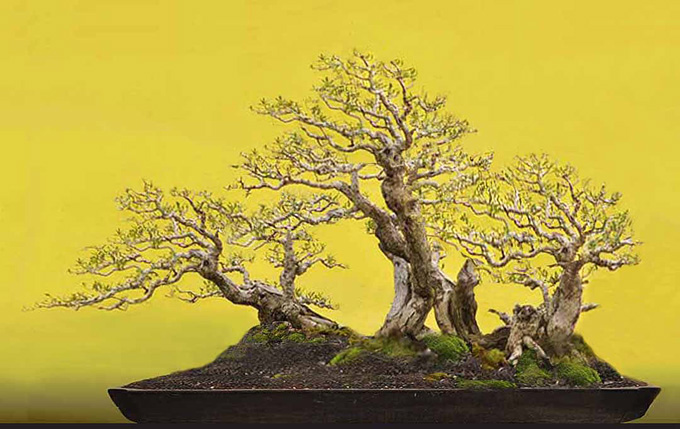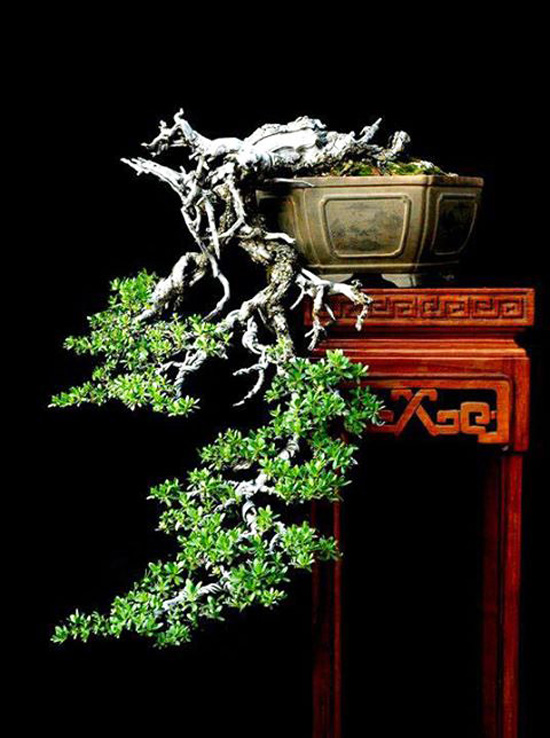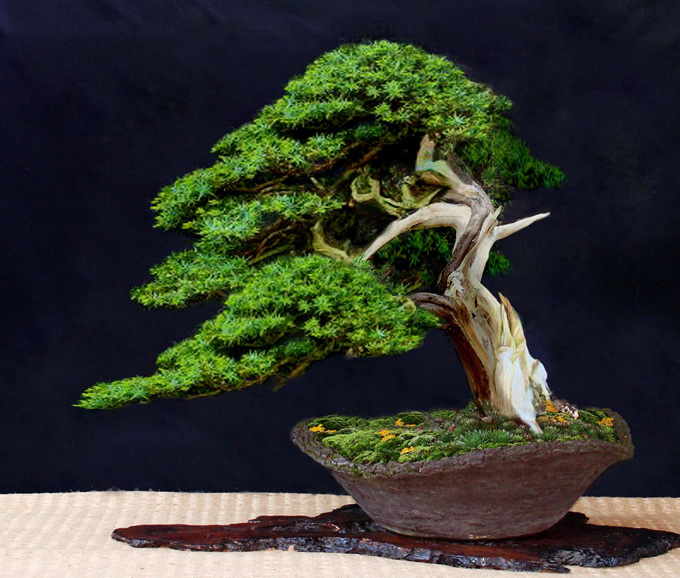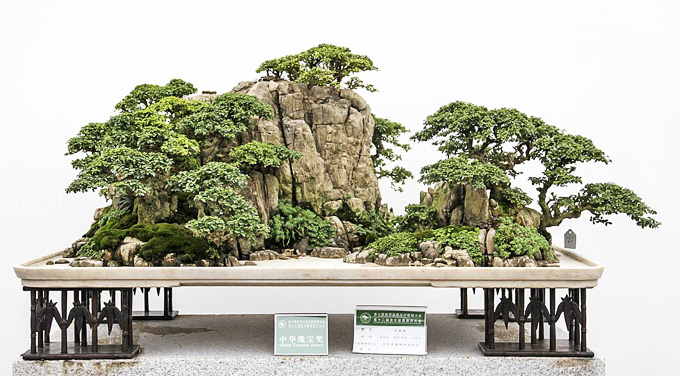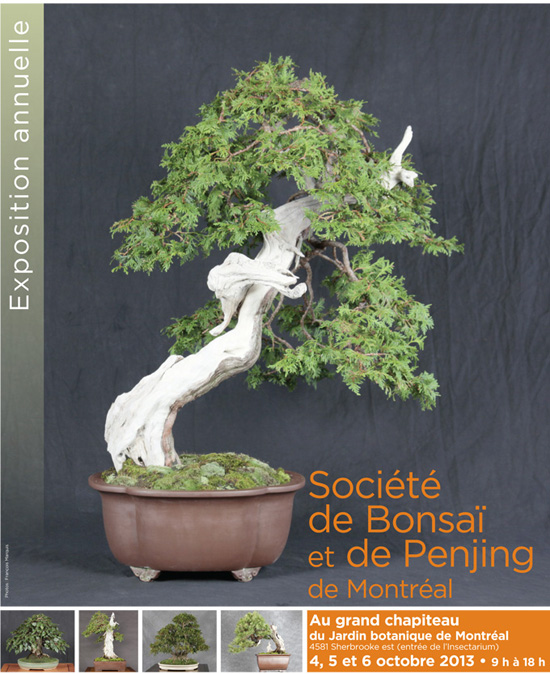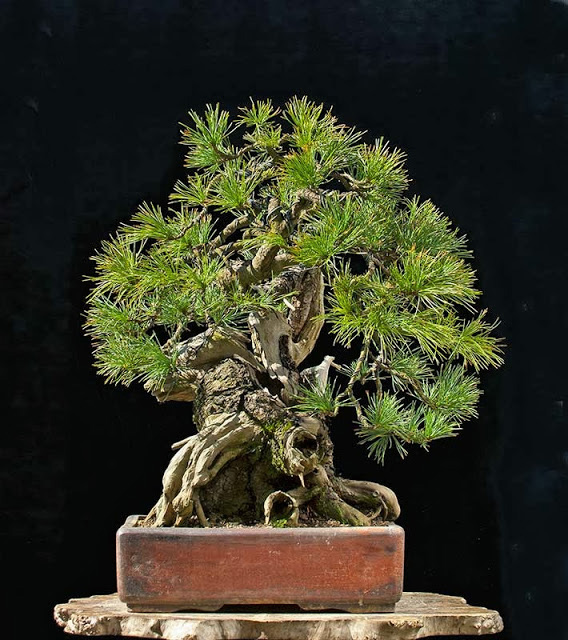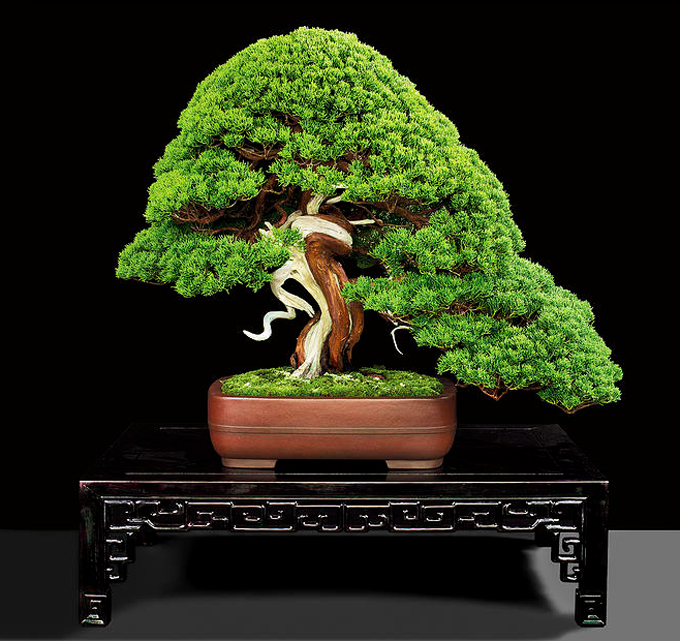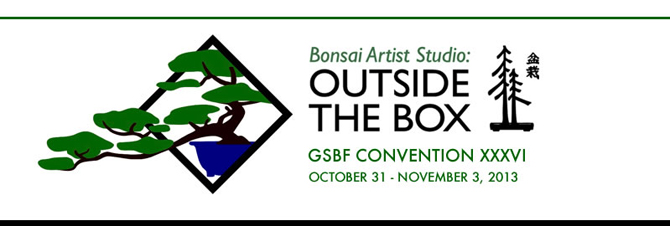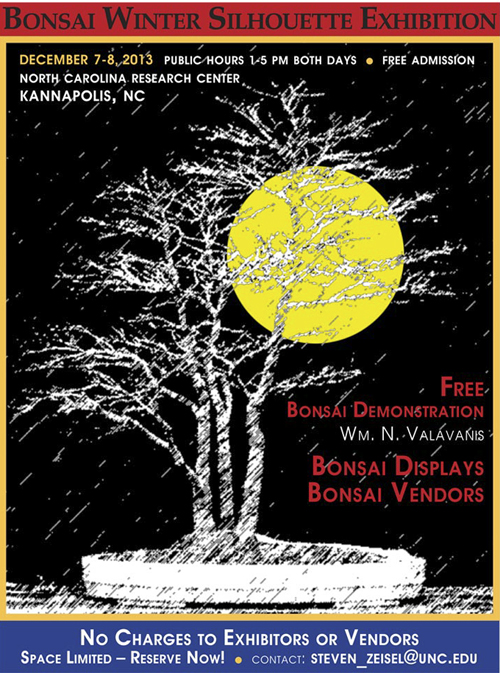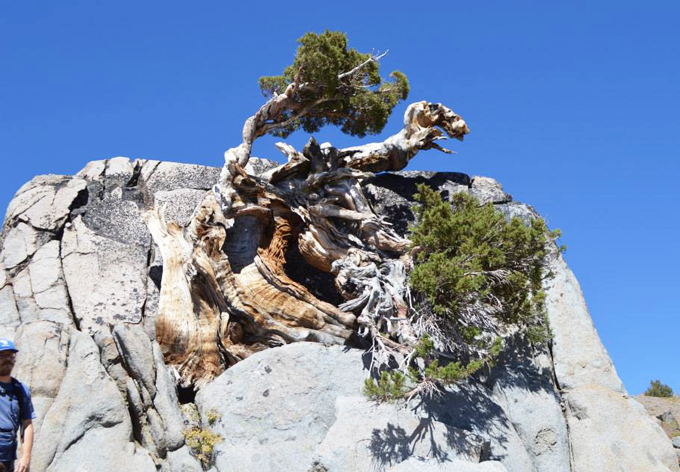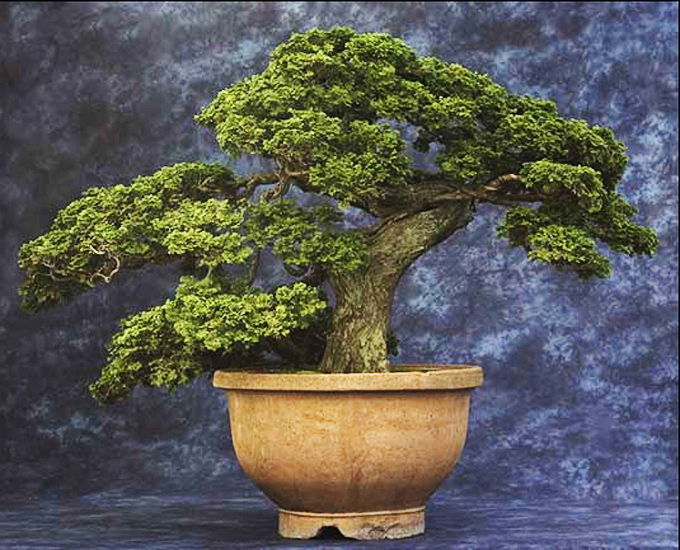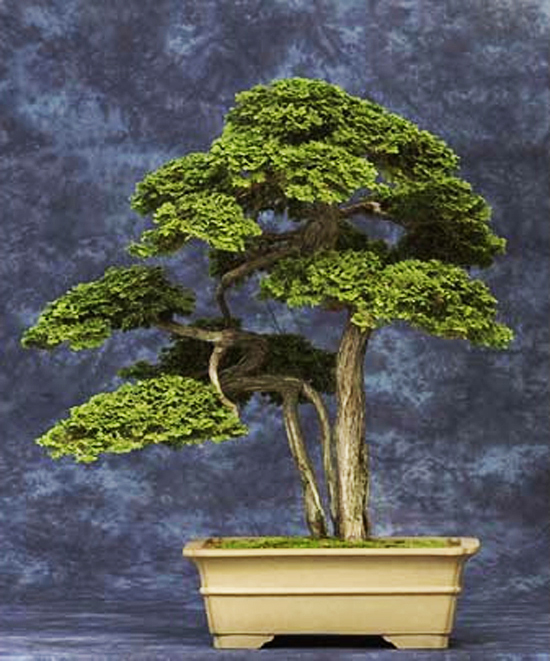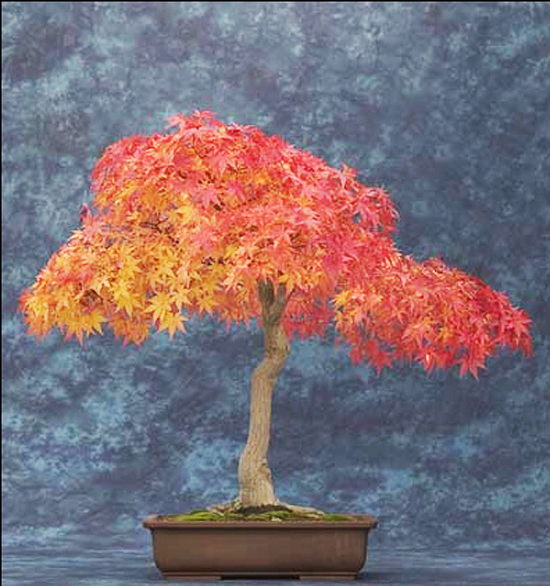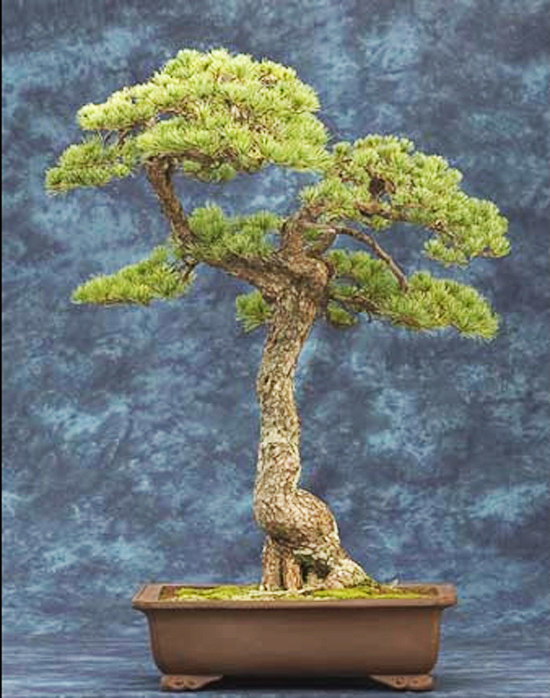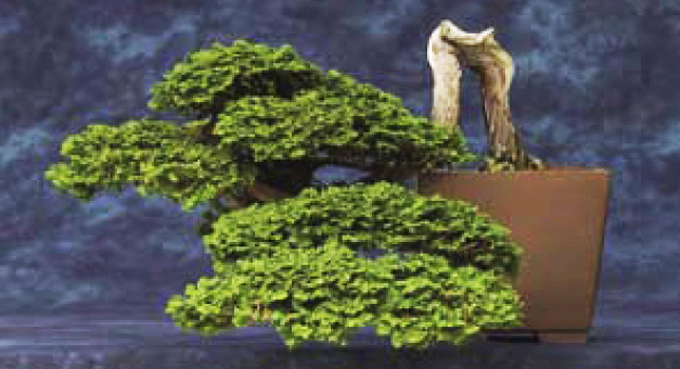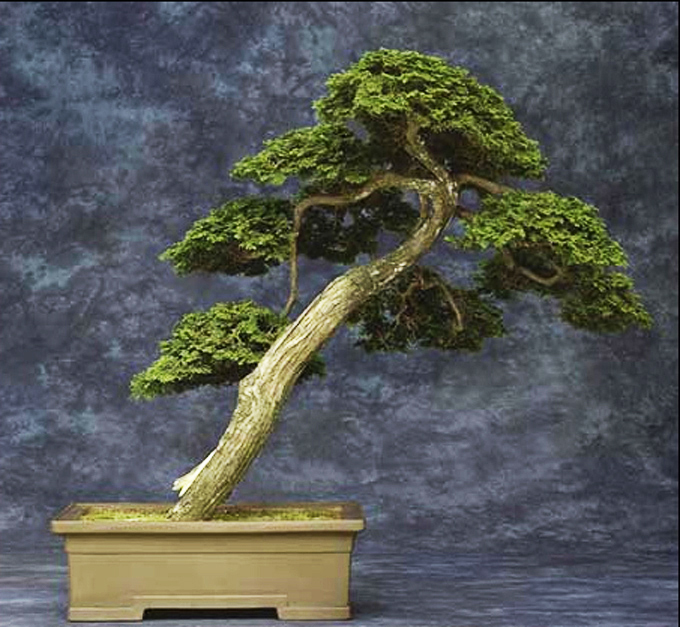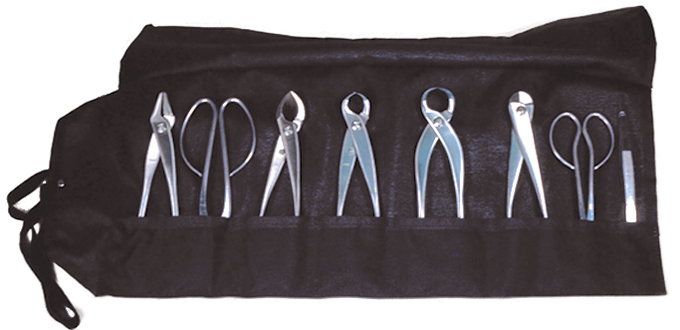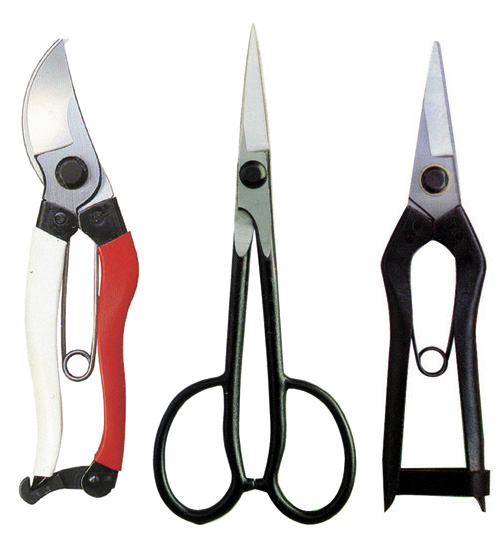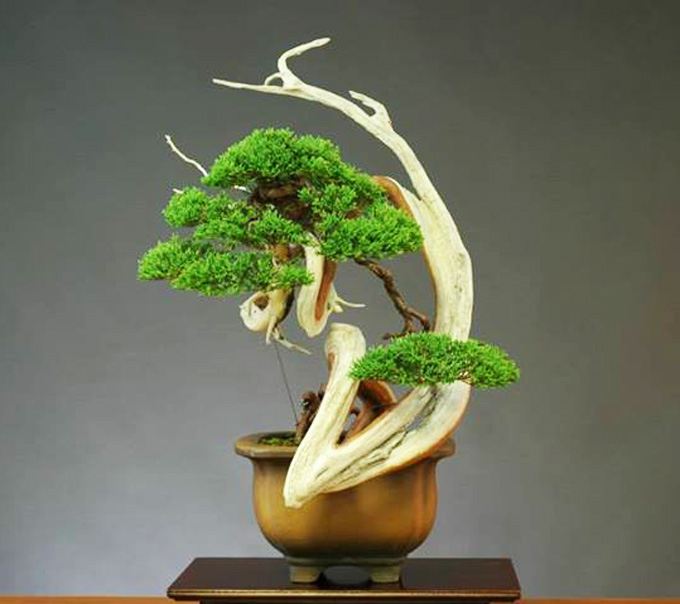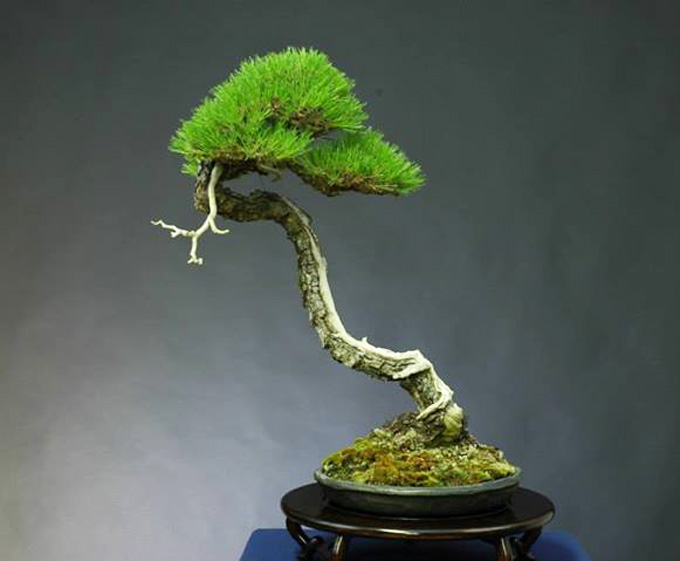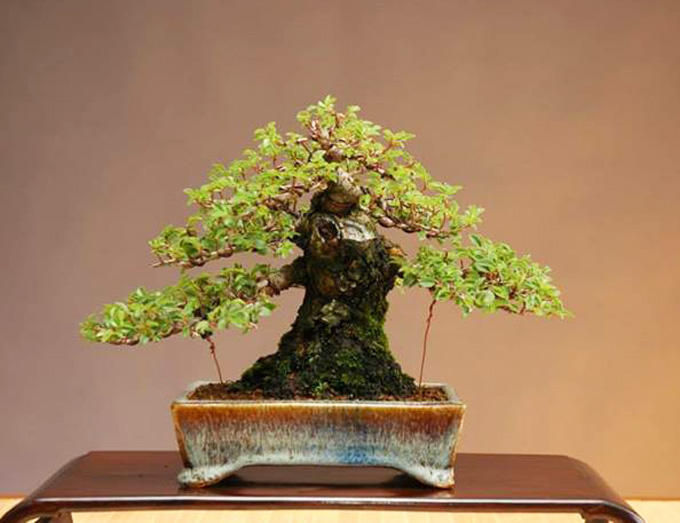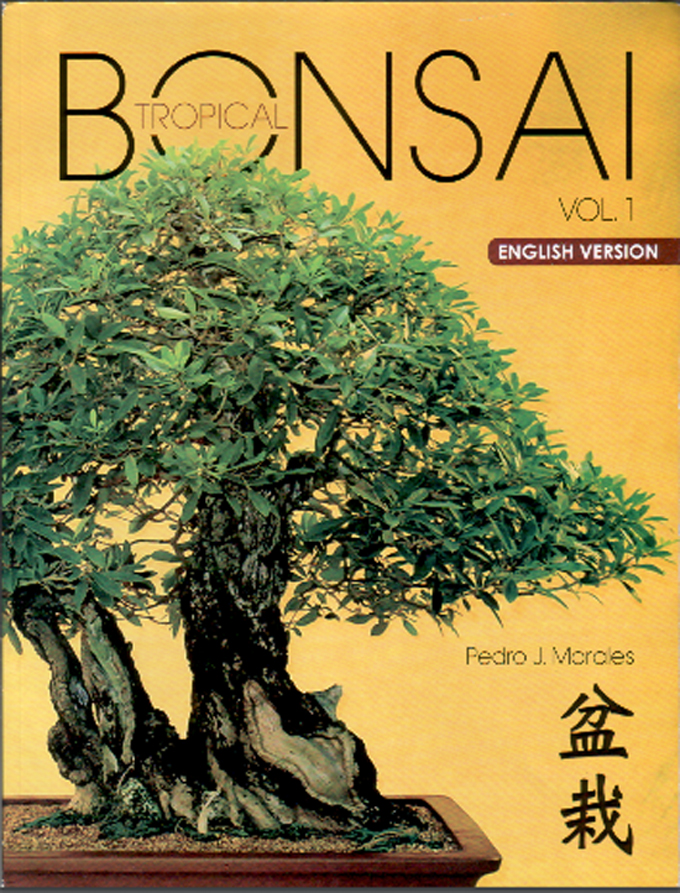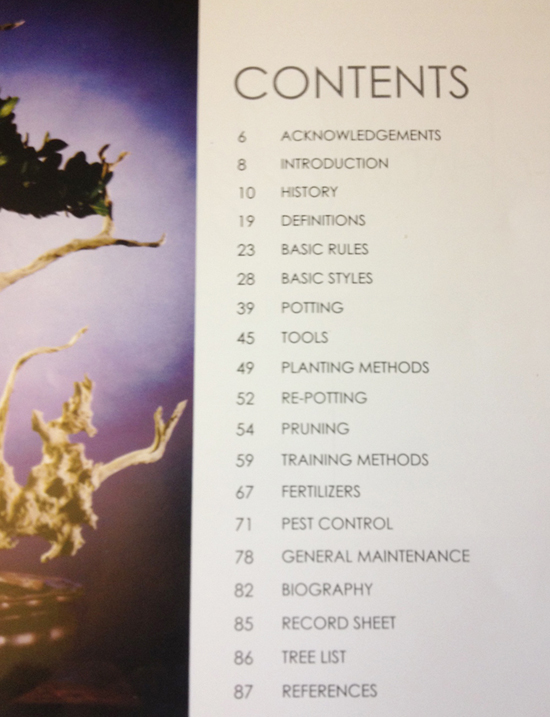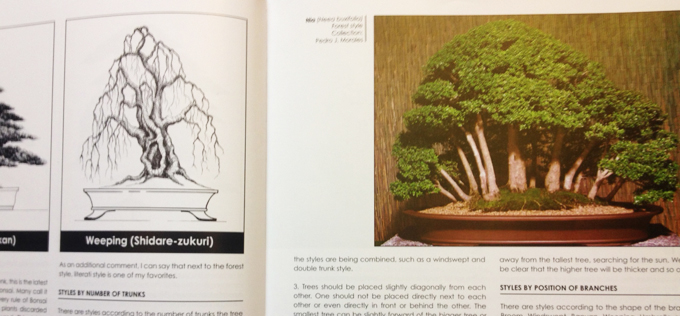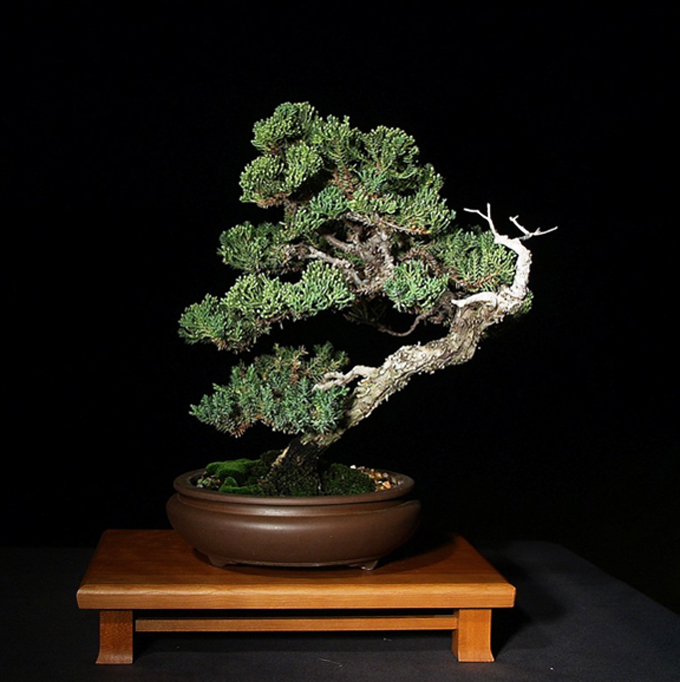 Maybe it’s not perfect, but given the limits of the variety (Jun procumbens ‘nana’), it’s pretty good. In fact, it’s one of the very best pro-nana I’ve seen. It belongs to Thomas J. Mozden, as do all but the last tree in this post. It’s from a 2009 contest that was held on The Art of Bonsai Project.
Maybe it’s not perfect, but given the limits of the variety (Jun procumbens ‘nana’), it’s pretty good. In fact, it’s one of the very best pro-nana I’ve seen. It belongs to Thomas J. Mozden, as do all but the last tree in this post. It’s from a 2009 contest that was held on The Art of Bonsai Project.
I was going to call this post Lone Star and feature the bonsai of Thomas Mozden who lives in Texas, but I got distracted along the way by the whole Juniper procumbens ‘nana’ question (see our ‘Not Shimpaku’ post and comments from last week).
My interest was originally peaked because this tough little plant was North America’s pioneer bonsai (aka Mallsai). Yet, for some reason, you seldom see older specimen quality examples. I think this mostly has to do with lack of impressive trunk girth (yet there’s that one glaring exception – see below), but perhaps something else is holding pro-nana back?
There are other questions swirling around this all too common but still mysterious variety, but we’ll leave those to Wikipedia for the moment. Except to say that some are a sort of blue-grey-green and some are bright green or even bright yellowish green, and I’m not sure why. I am sure however, that Pro-nanas (aka Dwarf Japanese garden juniper) in addition to once being our most popular bonsai, makes a very attractive and weed-resistant ground cover for landscaping, especially the ones with the bright green tint.
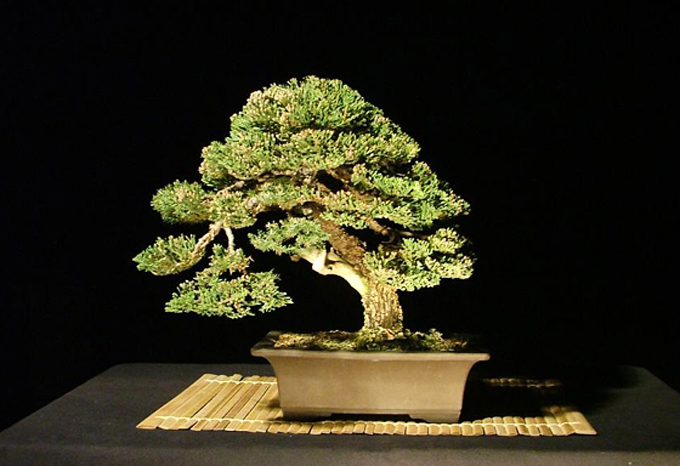 This one has trunked up fairly well for a Pro-nana. It’s another Thomas Mozden tree that appears on the Art of Bonsai Project.
This one has trunked up fairly well for a Pro-nana. It’s another Thomas Mozden tree that appears on the Art of Bonsai Project.
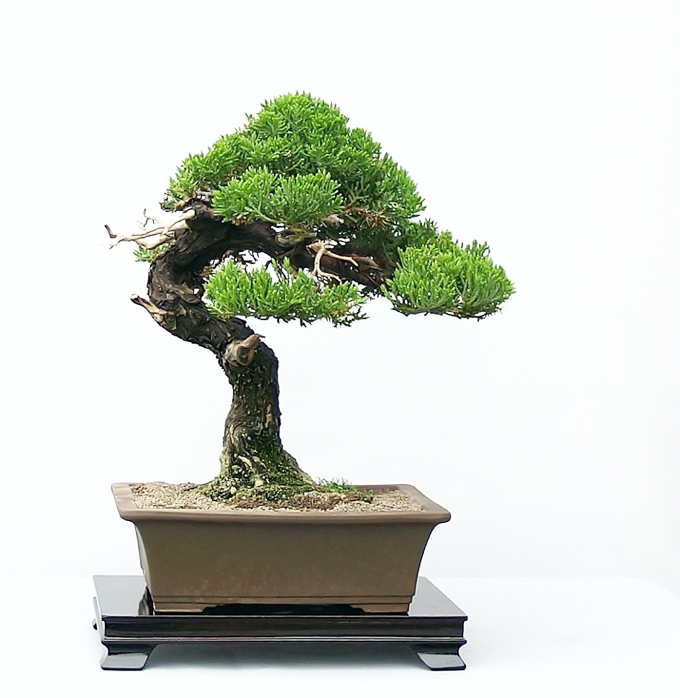 This one, also by Mr. Mozden, is from a contest that was held on the Art of Bonsai Project. The judges weren’t too excited about it (the unfinished looking soil surface no doubt didn’t help) but I think it has something. Some people might find that U-shaped curve a little problematic (those judges again) but it doesn’t bother me. A later more refined version of this little tree appears in our Not Shimpaku post from last week.
This one, also by Mr. Mozden, is from a contest that was held on the Art of Bonsai Project. The judges weren’t too excited about it (the unfinished looking soil surface no doubt didn’t help) but I think it has something. Some people might find that U-shaped curve a little problematic (those judges again) but it doesn’t bother me. A later more refined version of this little tree appears in our Not Shimpaku post from last week.
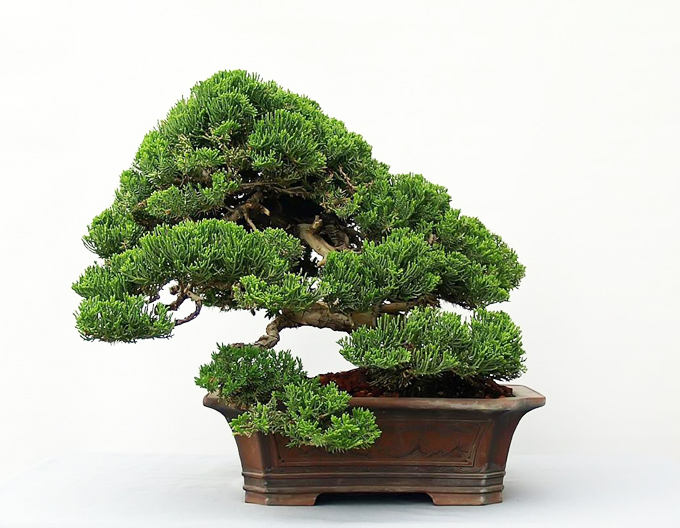 Unfinished potential. Nice overall shape and movement, but leaving foliage in front of the trunk’s base is very unusual and more than a little questionable. Is it hiding a flaw? There are also other spots that might look better with a little less foliage. Speaking of, this tree shows very little immature foliage, which is also unusual . Healthy Pro-nanas tend to show almost all immature foliage.
Unfinished potential. Nice overall shape and movement, but leaving foliage in front of the trunk’s base is very unusual and more than a little questionable. Is it hiding a flaw? There are also other spots that might look better with a little less foliage. Speaking of, this tree shows very little immature foliage, which is also unusual . Healthy Pro-nanas tend to show almost all immature foliage.
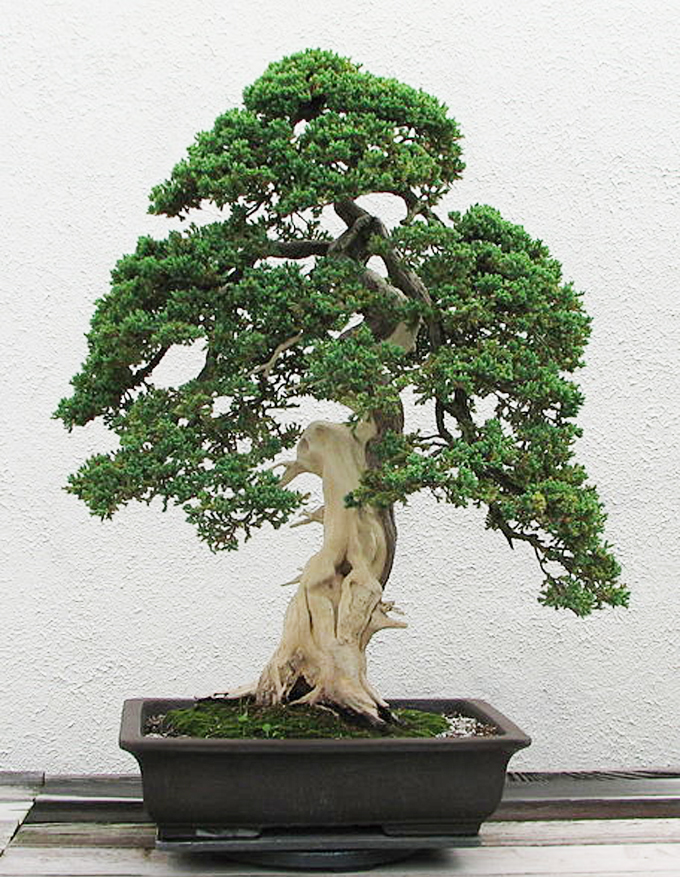 Like the second tree above, this one also appeared in our recent ‘Not Shimpaku’ post as well as on a post from last year. Here’s the caption: “This one is from a 2012 Bark post. The tree resides at the National Bonsai and Penjing Museum. It’s listed as a Procumbens nana, though I’ve never seen a ‘nana’ with such a massive trunk. Which begs the question…” In other words, is it a Phoenix graft? If you look at the other side, it doesn’t look like one to me, but maybe your eyes are sharper than mine (you’ll find the back and the back story on a post from 2012).
Like the second tree above, this one also appeared in our recent ‘Not Shimpaku’ post as well as on a post from last year. Here’s the caption: “This one is from a 2012 Bark post. The tree resides at the National Bonsai and Penjing Museum. It’s listed as a Procumbens nana, though I’ve never seen a ‘nana’ with such a massive trunk. Which begs the question…” In other words, is it a Phoenix graft? If you look at the other side, it doesn’t look like one to me, but maybe your eyes are sharper than mine (you’ll find the back and the back story on a post from 2012).
 After. A very unusual tree with three trunks merging into one thicker trunk (you can just see a small piece of the third trunk). You could say the reviled RT word (reverse taper) but who cares? By Juan Andrade. From facebook.
After. A very unusual tree with three trunks merging into one thicker trunk (you can just see a small piece of the third trunk). You could say the reviled RT word (reverse taper) but who cares? By Juan Andrade. From facebook.  The progression. It’s clear that plenty happens that you can’t see. For example, how on earth did he get the left trunk to cooperate? Guess you’ll just have to use your imagination.
The progression. It’s clear that plenty happens that you can’t see. For example, how on earth did he get the left trunk to cooperate? Guess you’ll just have to use your imagination. Before. From this to what you see above is no mean feat. There’s that pesky bowed out left trunk for starters, but clearly there’s much more.
Before. From this to what you see above is no mean feat. There’s that pesky bowed out left trunk for starters, but clearly there’s much more. During. Still in the same pot, but leaned over.
During. Still in the same pot, but leaned over.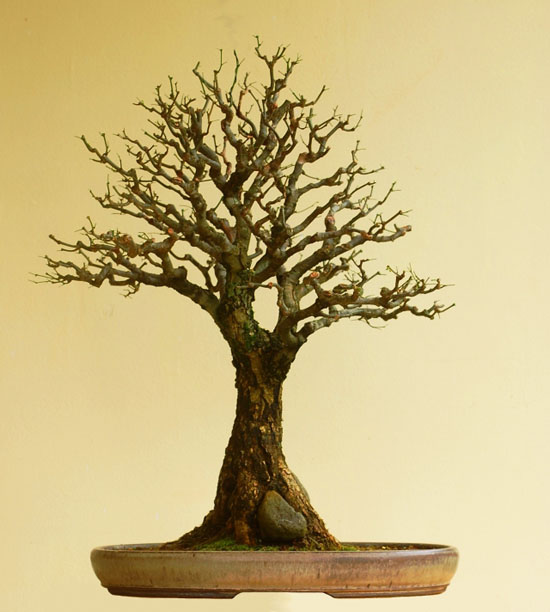 Una Acacia es una Acacia en en cualquier idioma. Es de un sitio web llamado Bonsai en Costa Rica. El Artisto es Juan Andrade. From Bonsai Bark, February 2012.
Una Acacia es una Acacia en en cualquier idioma. Es de un sitio web llamado Bonsai en Costa Rica. El Artisto es Juan Andrade. From Bonsai Bark, February 2012.
